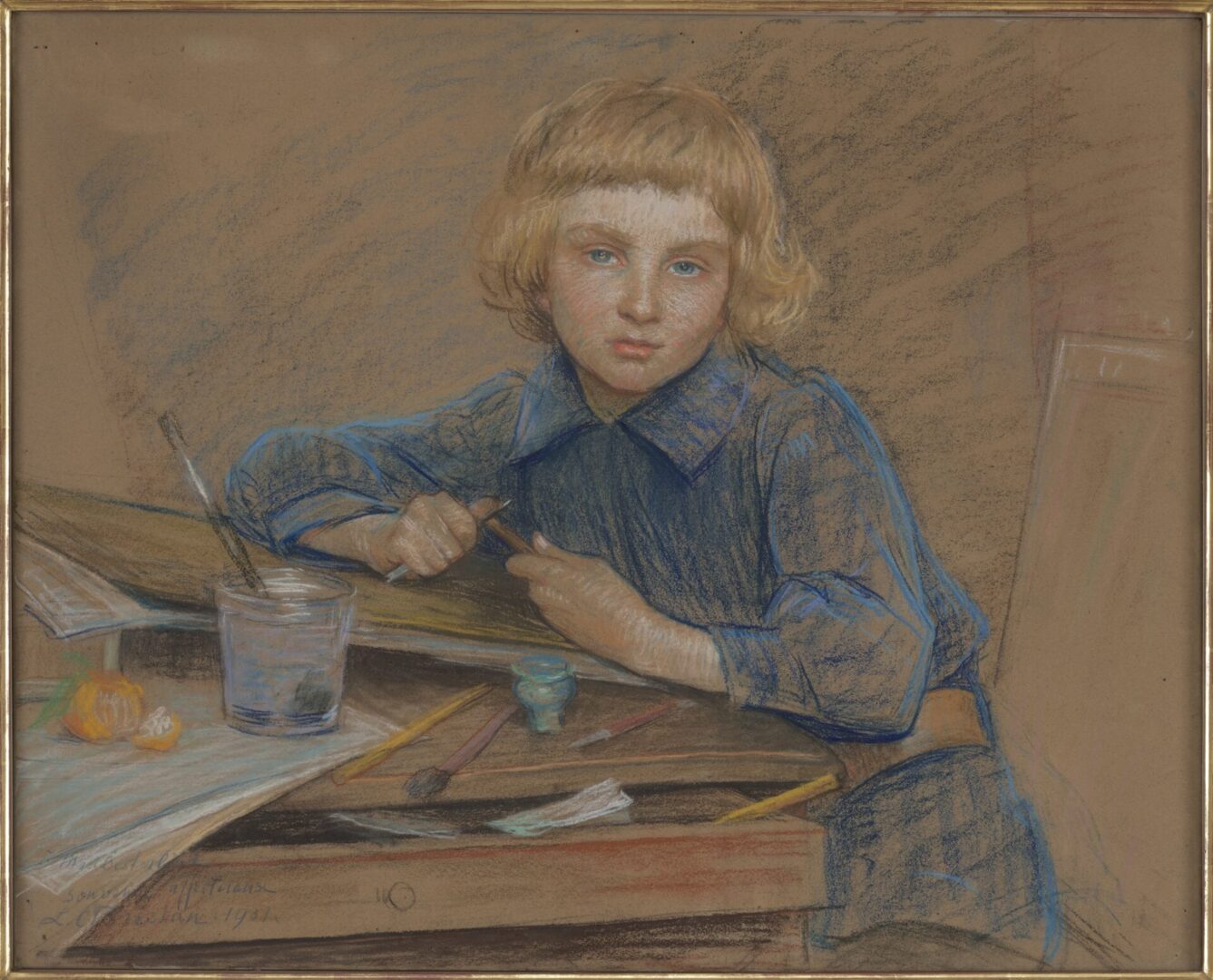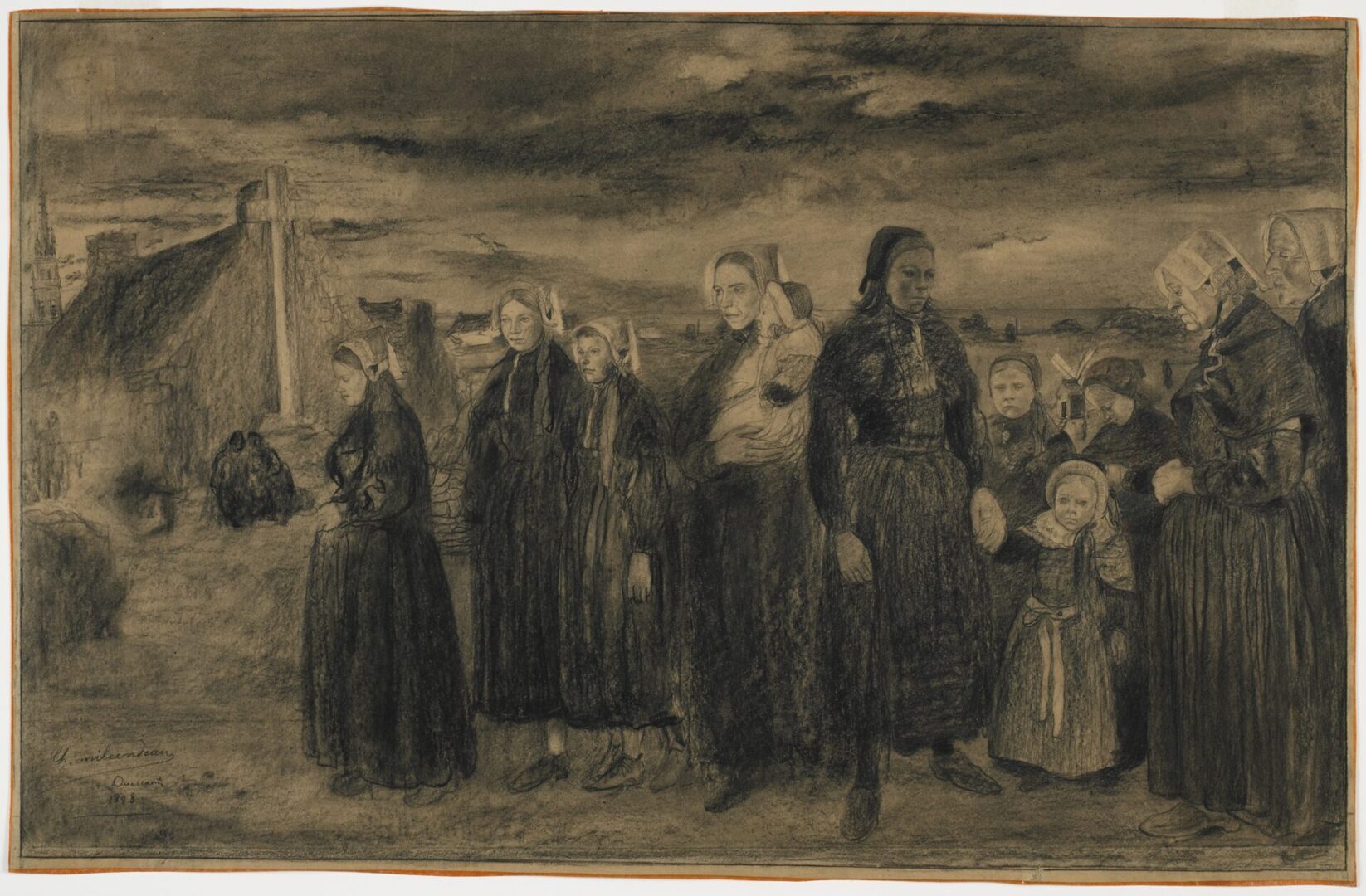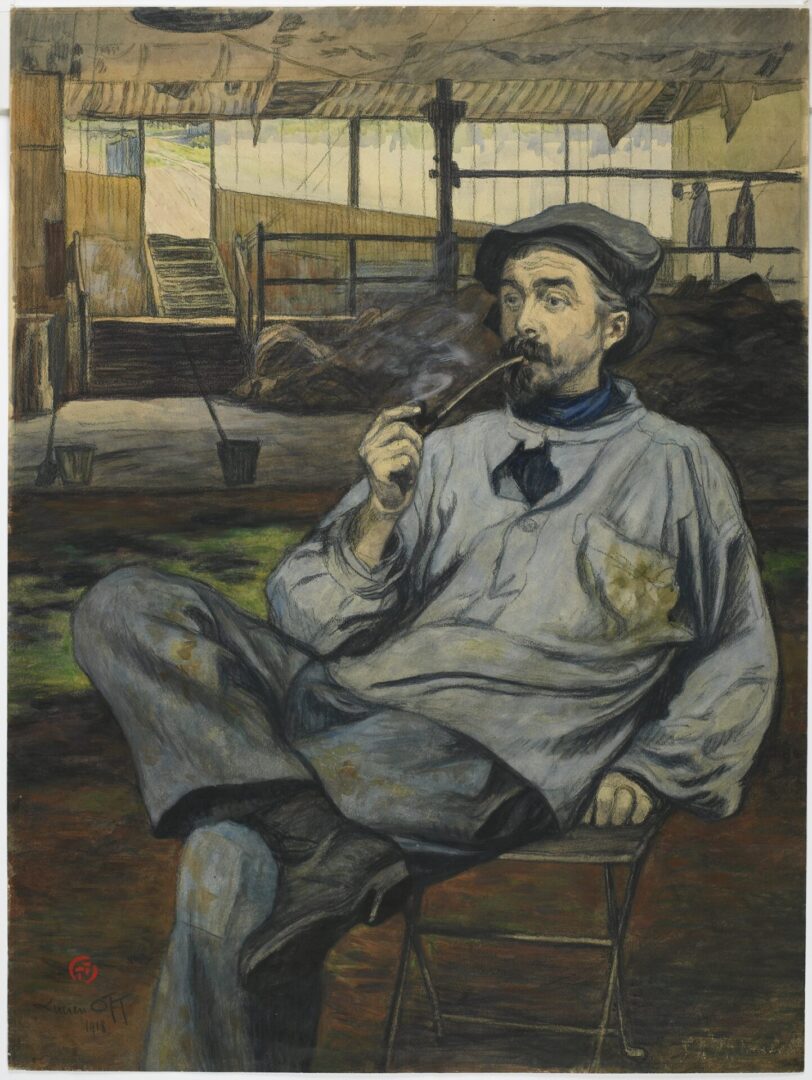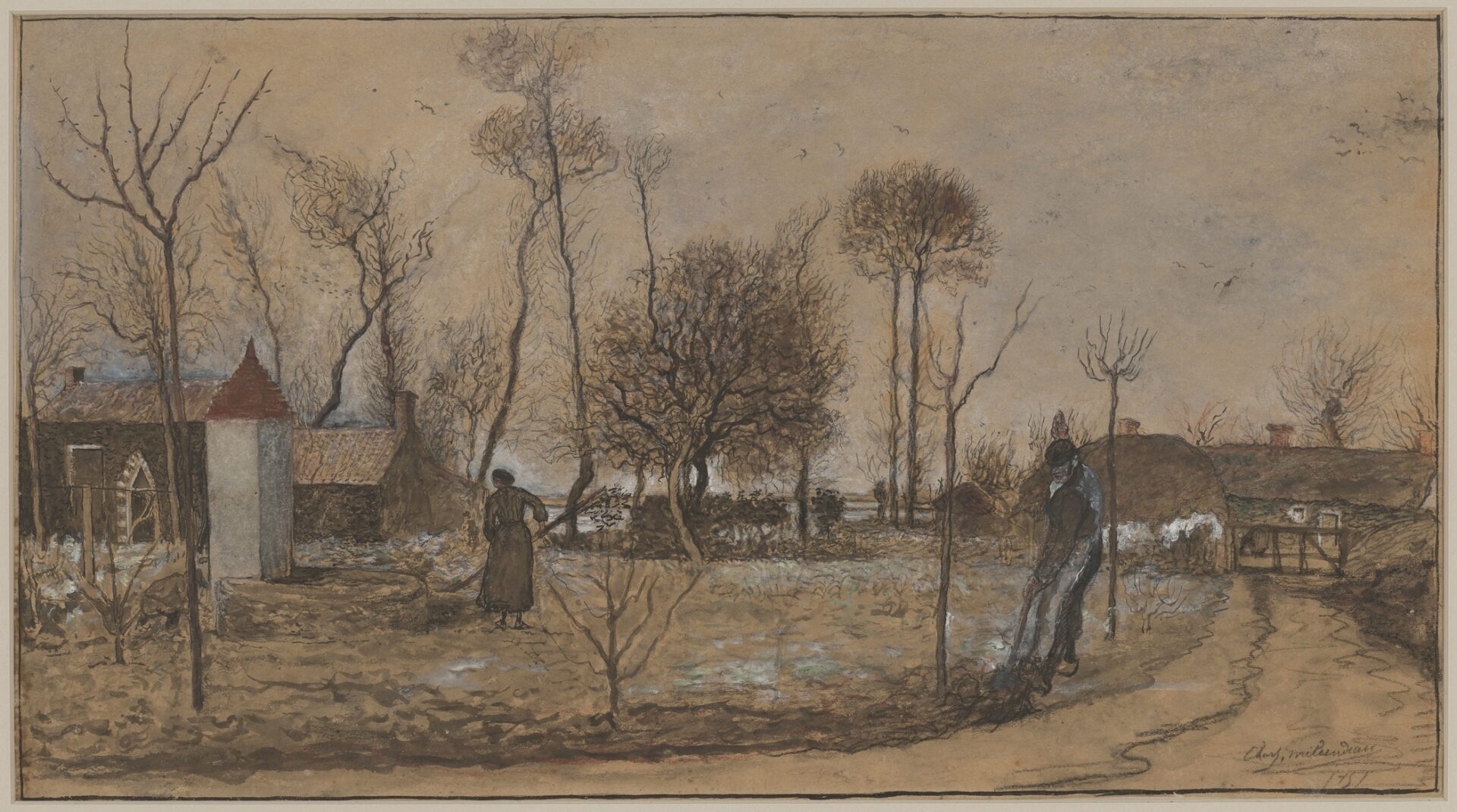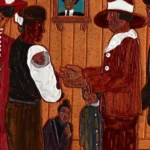Reflections in Reality
Minneapolis Institute of Art to show promised gift of 200 realist works by French and Belgian artists
MINNEAPOLIS—April 13, 2022—This spring, the Minneapolis Institute of Art (Mia) will present an exhibition featuring the promised gift of more than 200 artworks from the collection of University of Minnesota professor Gabriel P. Weisberg, PhD, and his wife, Yvonne M.L. Weisberg. The Weisbergs are Minneapolis-based art historians who devoted themselves to 19th-century European art beyond the most famous names and movements; they spent more than 50 years combing flea markets, attics, and art dealers’ back rooms for drawings of Realist and Naturalist work by French and Belgian artists.
The result of their dedication is “Reflections on Reality: Drawings and Paintings from the Weisberg Collection,” a two-part exhibition that opens at Mia on May 14, 2022. Works from 1830 to 1900 will be on view through February 19, 2023; works from 1900 to 1930 will go on display March 4, 2023.
“The Weisberg Collection is the fruit of a lifetime interest in art and the pursuit of passion,” said Katie Luber, PhD, Nivin and Duncan MacMillan Director and President of Mia. “We are grateful for the longstanding support and generosity of the Weisbergs and look forward to showcasing their collection of drawings depicting everyday people and everyday life.”
Works in the Weisberg Collection focus on the artistic movements of Realism and Naturalism, born at a time when artists turned their attention to workers, rural life, and local customs. In a departure from the broader artistic practice of the time, which often focused on beauty, grandeur, and upper-class subjects, the works in the Weisberg Collection present a frequently overlooked perspective, featuring scenes from daily life of the lower classes.
These works, like François Bonvin’s dignified Ragpicker (1853), depicting a person Bonvin undoubtedly found on the street and invited into his studio, and Aristide Delannoy’s drawing Barge Haulers (1903), feature rural folk and laborers—people most vulnerable to the whims of the powerful in 19th-century Europe.
Other notable works include Geroges d’Espagnat’s likeness of Yvette Guilbert, the most famous cabaret singer in 1890s France; Jeanne Simon’s watercolor of her son Paul; landscapes by Adolphe Appian and Maxime Lalanne; and Charles Milcendeau’s Women and Children at Ousessant (1898), a drawing of families anxiously waiting for their men’s fishing boats to return to port before a storm.
“One of the reasons we selected to collect these artists is they have been largely neglected, sometimes even forgotten,” said Gabriel P. Weisberg. “Very few of them worked as abstractionists. Rather, these artists remained rooted in the life of the everyday, and their works show a compassion for humanity. We felt this would make a good collection for us and are very pleased that this work will find a home at Mia.”
For more information on “Reflections on Reality: Drawings and Paintings from the Weisberg Collection,” visit artsmia.org.

